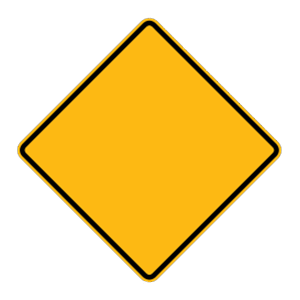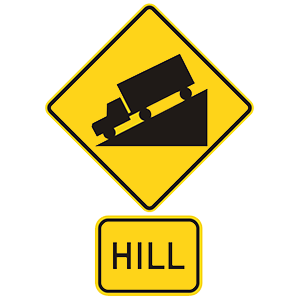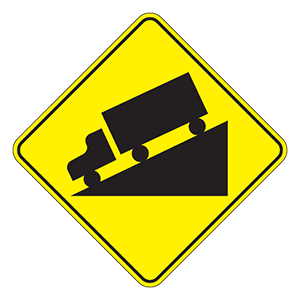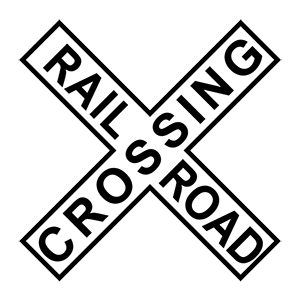2025 Illinois Permit Test 11
The following questions are from real DMV written tests. These are some of the actual permit questions you will face in Illinois. Each permit practice test question has three answer choices. Select one answer for each question and select "grade this section." You can find this button at the bottom of the drivers license quiz. For a complete list of questions and answers for Illinois please visit https://cheat-sheets.dmv-written-test.com/en/illinois/car.
Number of Tests
Number of Question
Passing Score
25. You are approaching an intersection with a steady yellow traffic light. If you have not already entered the intersection, you should:
Explanation
When a steady yellow light appears on a traffic signal, you should prepare to stop. If you are already within the intersection, you should clear the intersection as quickly as possible.
26. If you are feeling fatigued while driving, you should:
Explanation
When driving, watch for warning signs of fatigue. You are too tired to drive safely if you are struggling to keep your eyes open, drifting from your lane, or turning up the radio and rolling down your windows to keep yourself awake. If you notice these signs, it is a good idea to find a safe place to park so you can refresh yourself with a short nap.
27. Drivers may pass on a two-lane roadway marked with a single solid yellow line on their side of the centerline.
Explanation
When there is a solid and a broken yellow line separating two lanes of traffic moving in opposite directions, a driver may pass only when the broken yellow line is nearest to the driver’s lane.
28. If you park facing uphill where there is no curb, set the parking brake and:
Explanation
When parking uphill on a road that does not have a curb, your front wheels should be turned to the right (toward the edge of the road). This will ensure that the vehicle will roll off of the road if the brakes fail.
29. This sign is a:

Explanation
Warning signs are usually yellow with black markings. They alert you to conditions that are immediately ahead. There may be an upcoming change in traffic direction, a steep downgrade, or another potentially hazardous situation that requires action on the part of the driver.
30. This sign indicates that:

Explanation
Warning signs are usually yellow with black markings. This sign warns drivers about an upcoming steep hill. Drivers should slow down and be ready to control their speed and protect their brakes from damage.
31. If arrested with a blood-alcohol concentration of 0.08 percent or more, an individual's driving privileges will be suspended for at least six months.
Explanation
If a chemical test reveals a driver's blood alcohol concentration (BAC) to be 0.08 percent or higher, their driving privileges will be suspended for six months.
32. A large truck is ahead of you and is turning right onto a street with two lanes in each direction. The truck:
Explanation
When a vehicle makes a turn, the rear wheels follow a shorter path than the front wheels. The longer the vehicle, the bigger the difference between the paths of the front and rear wheels. Therefore, long trucks often have to swing wide to complete a right turn.
33. This sign means:

Explanation
This sign warns that a steep downgrade is ahead on the road. Drivers should check their brakes.
34. It is permissible to pass on a two-lane two-way roadway within 100 feet of an intersection or railroad crossing.
Explanation
There are number of situations in which it is prohibited to pass on a two-lane two-way road. One of these is when you are within 100 feet of an intersection or railroad crossing.
35. This white sign means:

Explanation
